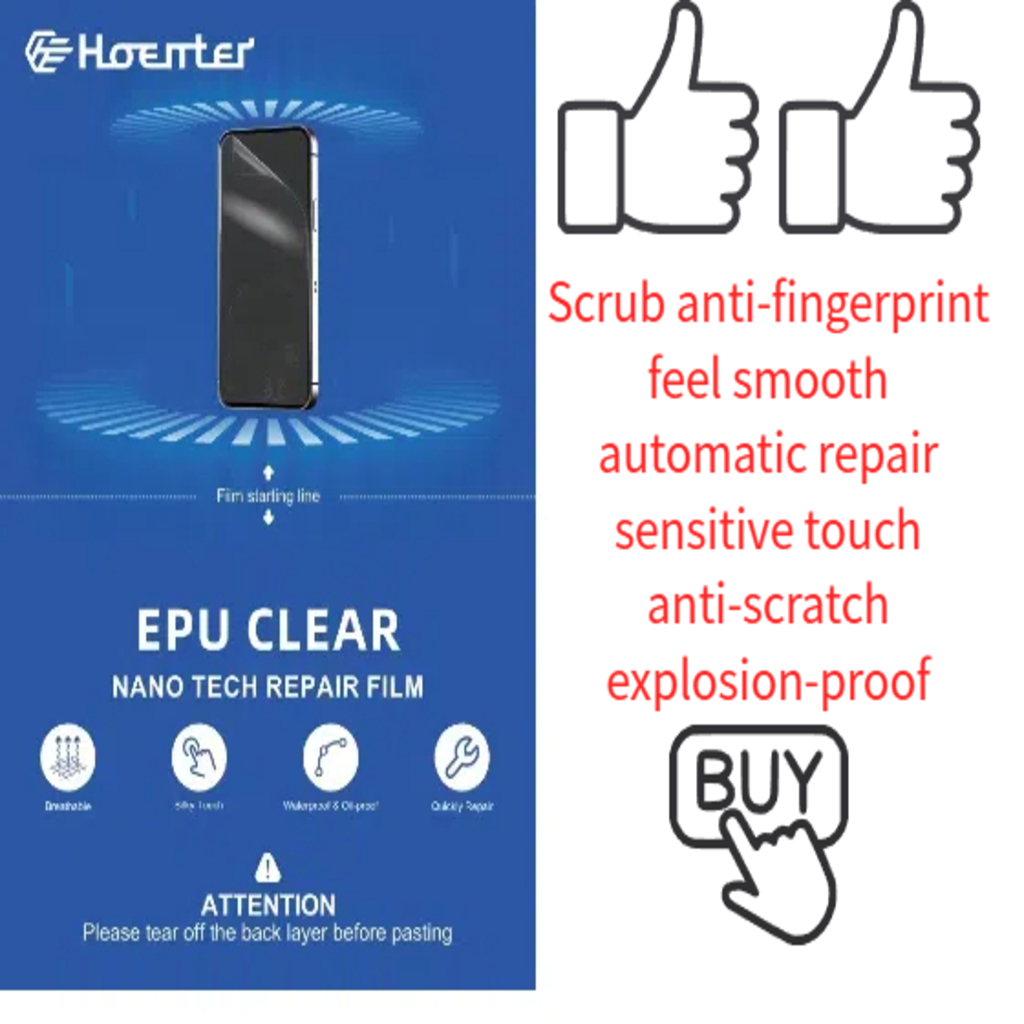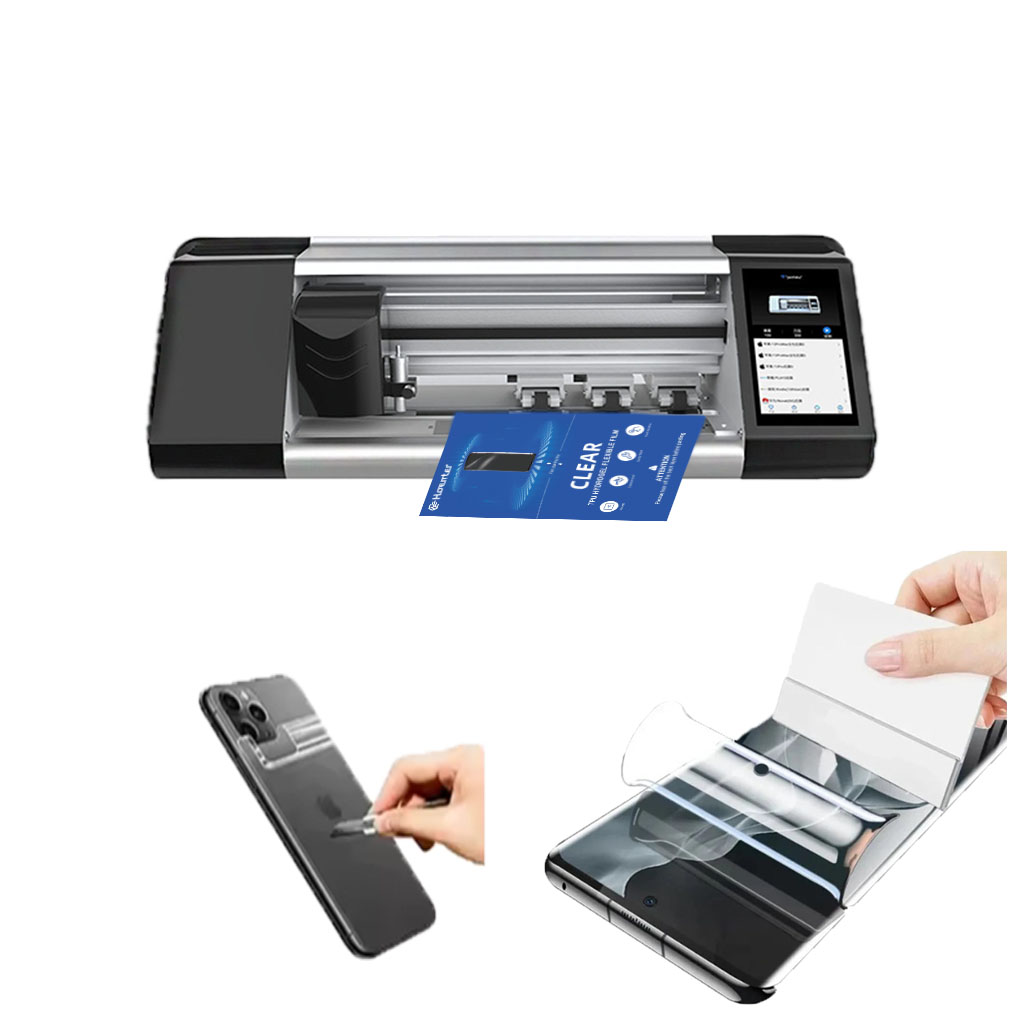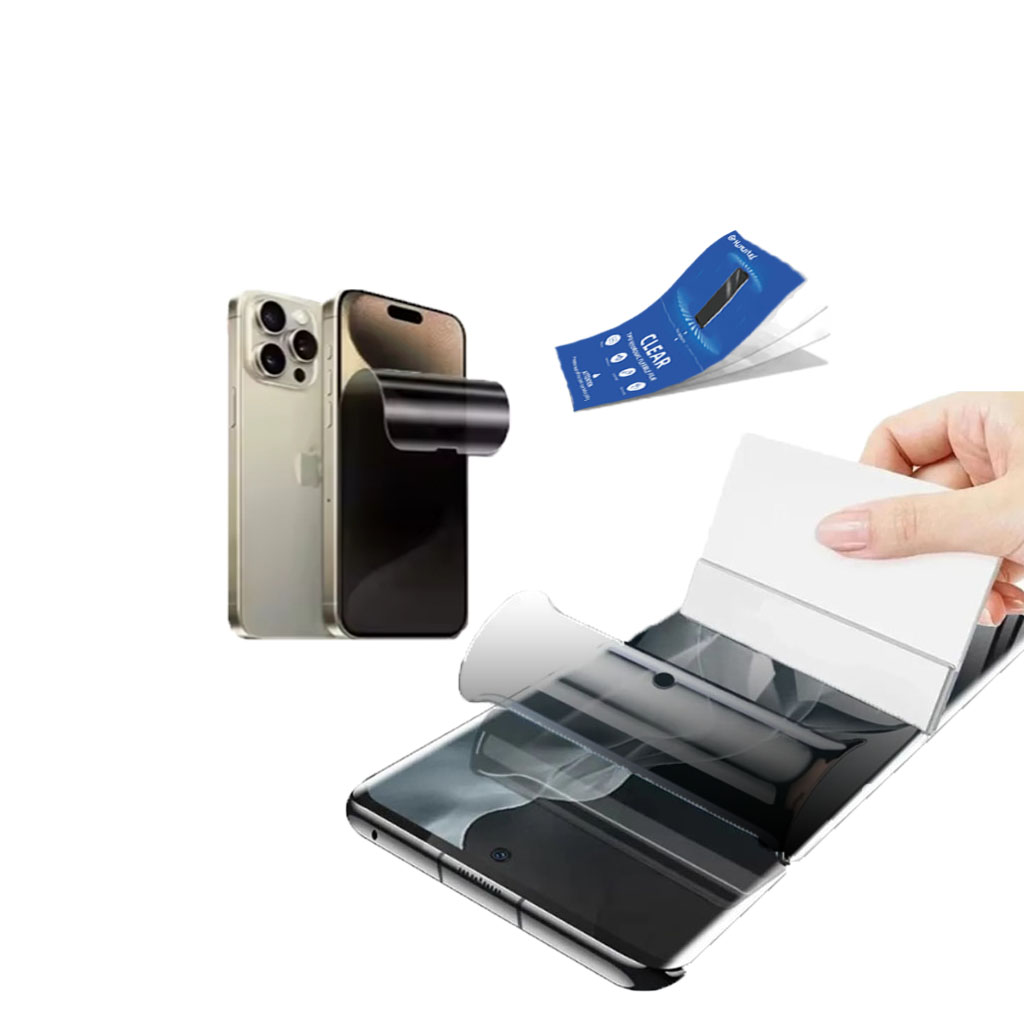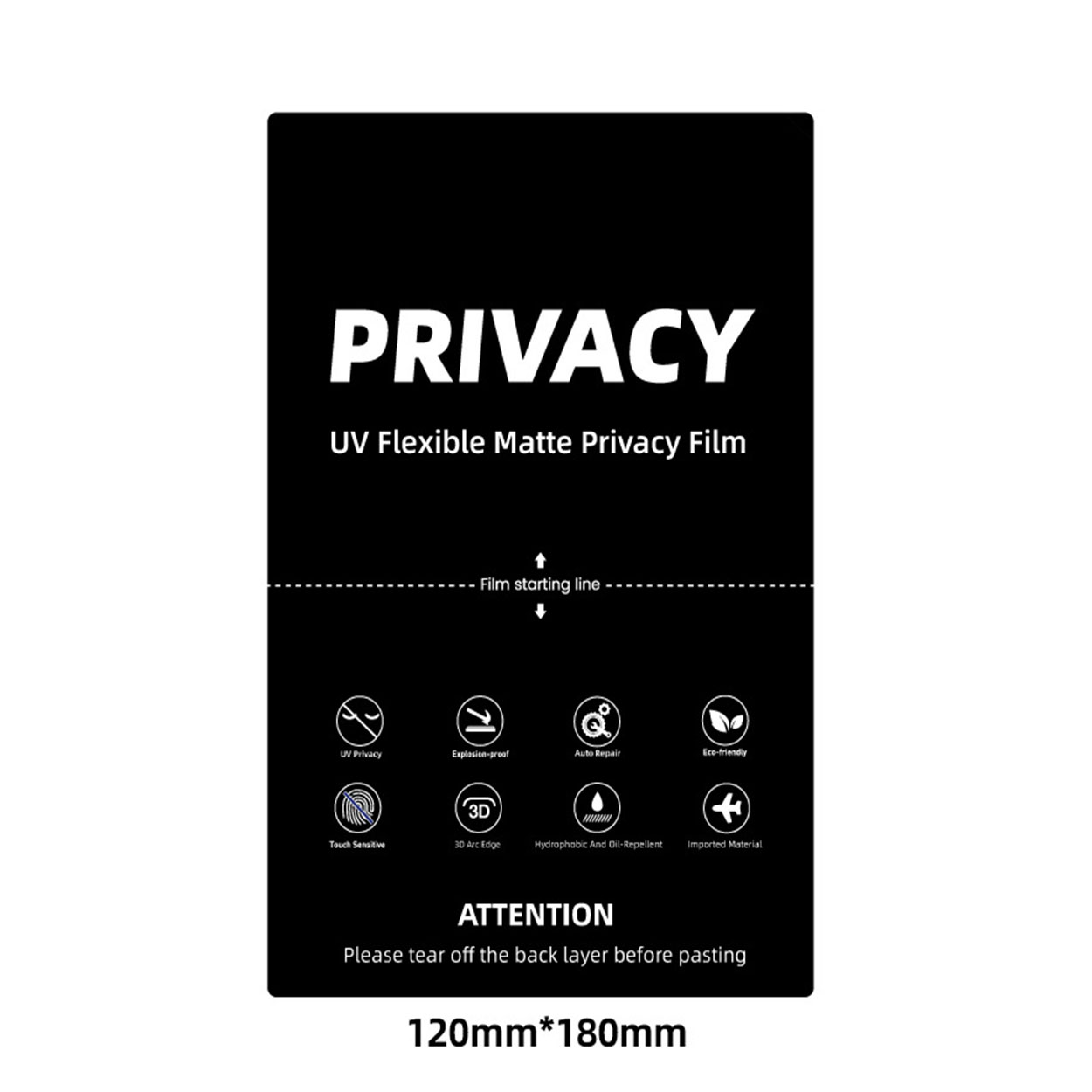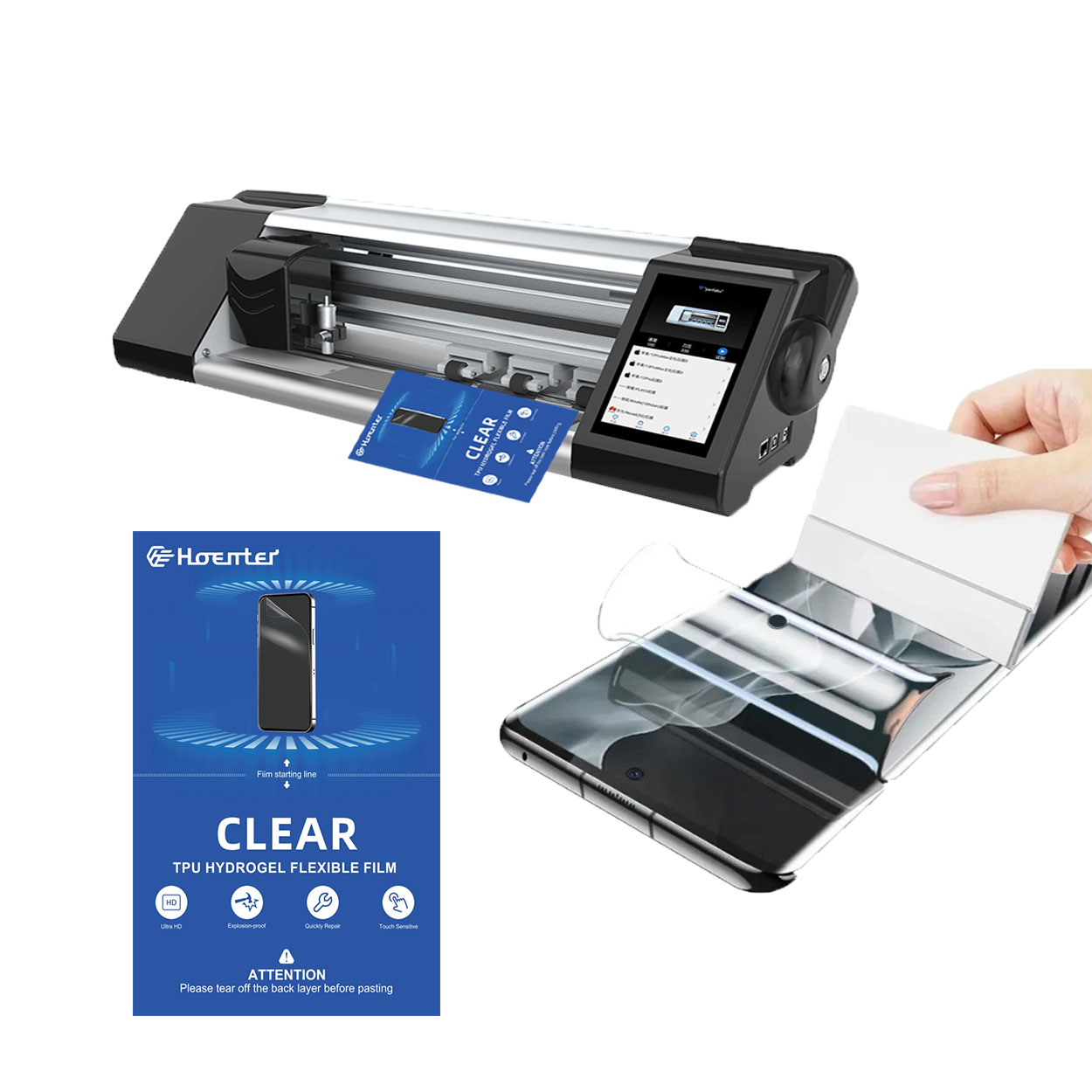
Can You Put a Screen Protector on a Cracked Phone?
Índice
Resumen
- Yes, you can put a screen protector on a cracked phone screen, but it’s a temporary fix.
- Clean the screen thoroughly before applying the protector to avoid trapping dirt.
- Use tempered glass protectors for better durability and adhesive strength.
- Severe cracks may require professional repair or screen replacement.
- Prevent future damage with a phone case, high-quality protector, and careful handling.
What Happens When Your Phone Screen Cracks?
When your phone screen cracks, it’s not just a cosmetic issue—it can significantly affect the usability of your device. A cracked phone screen exposes the fragile layers of the display, making it more susceptible to further damage. Touchscreen sensitivity may also decrease, and in some cases, sharp edges of the broken glass could pose a safety hazard.Additionally, a broken phone screen can allow dust, dirt, and moisture to seep into the device, potentially damaging internal components. This makes it essential to address the issue promptly, whether by applying a screen protector, repairing the screen, or taking other preventative measures.Can You Put a Screen Protector on a Cracked Screen?
The short answer: Yes, you can put a screen protector on a cracked screen, but it’s not always a perfect solution. Applying a screen protector can help “hold” the cracks in place, preventing them from spreading further. However, the effectiveness largely depends on the severity of the crack.If the cracks are minor, a screen protector can be a great temporary fix. For heavily shattered screens, it may be difficult to apply a protector evenly, and the results might not be as effective. Regardless, a screen protector can provide some level of protection, making it a popular choice for those who aren’t ready to replace their phone screen.Pro Tip: Clean the screen thoroughly before applying the protector to avoid trapping dirt or dust under the adhesive.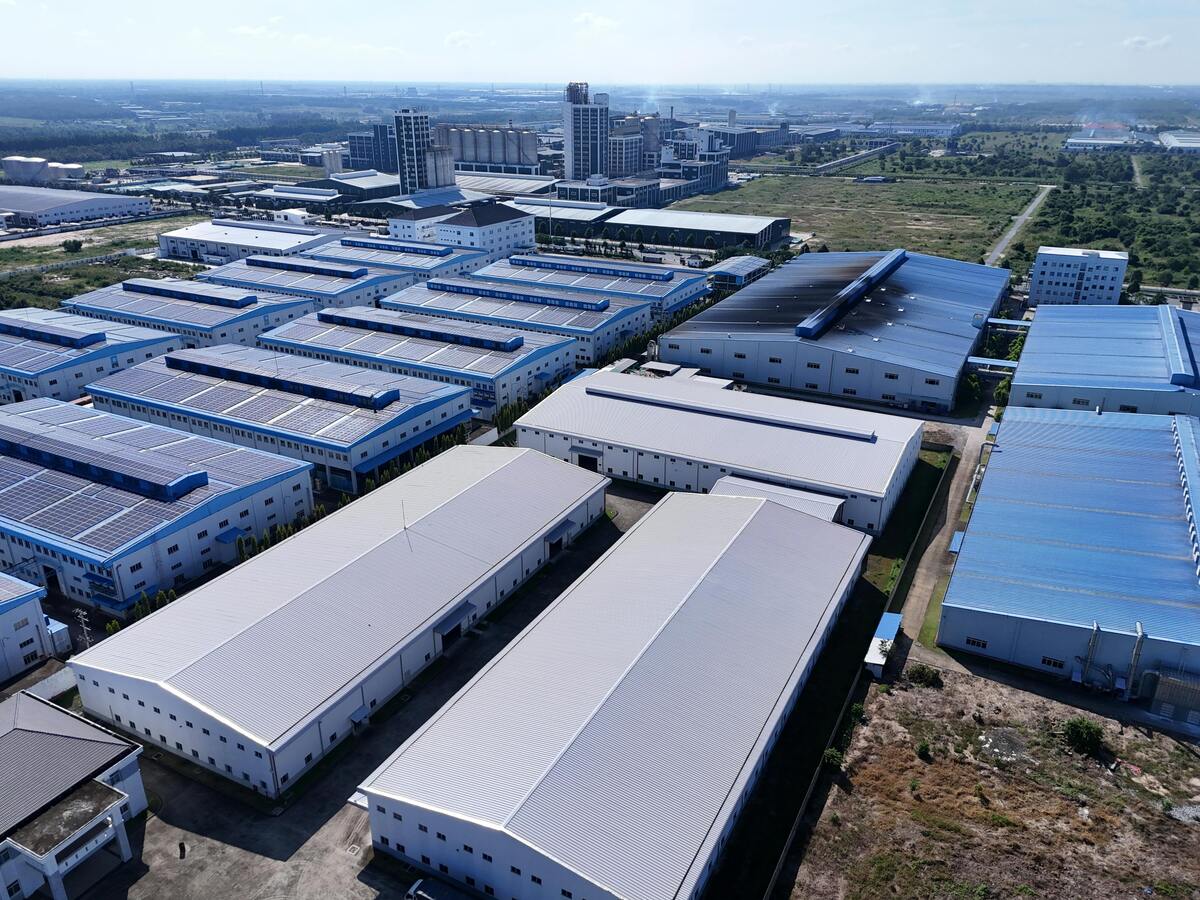
When Should You Replace the Screen Instead of Applying a Protector?
Applying a screen protector on a cracked phone screen is usually a temporary solution. However, there are situations where replacing the screen is the better (or only) option:- The touchscreen stops working: If the cracks interfere with the phone’s functionality, replacing the screen is necessary.
- The cracks are spreading quickly: A screen protector might not be enough to stop severe damage from worsening.
- Moisture or dust is seeping into the cracks: This can lead to internal damage that a screen protector cannot prevent.
- You plan to sell your phone: A cracked phone screen can significantly lower the resale value. Replacing it will help you get a better price.
How to Choose the Right Screen Protector for a Cracked Phone
Choosing the right screen protector is crucial for making this temporary fix as effective as possible. Here are a few factors to consider:1. Material Options
- Cristal templado: Offers the best durability and can help stabilize larger cracks. It’s also less prone to scratches.
- Plastic Film: A thin, flexible option that works well for minor cracks but provides less protection overall.
2. Size and Compatibility
Make sure the protector is designed specifically for your phone model. An improperly sized protector won’t adhere correctly to a cracked screen.3. Adhesive Strength
For cracked screens, a screen protector with strong adhesive properties works best to hold the broken pieces together.Tip: Look for protectors marketed as “cracked screen-compatible” for the best results.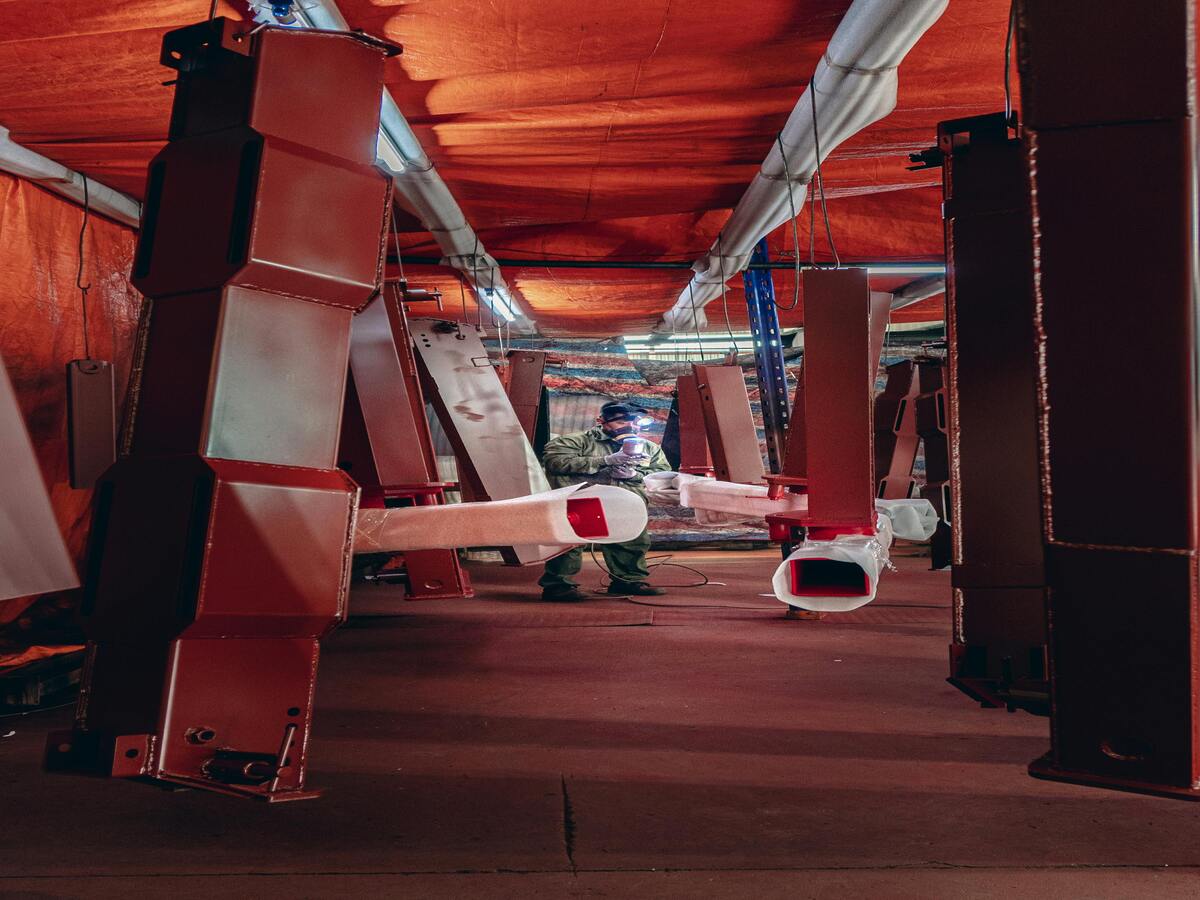
Step-by-Step Guide to Applying a Screen Protector on a Cracked Screen
Applying a screen protector to a cracked phone screen requires careful preparation. Follow these steps for the best results:Step 1: Clean the Screen
- Use a microfiber cloth to gently remove dust and debris.
- For stubborn dirt, use a small amount of isopropyl alcohol on the cloth.
Step 2: Fill Larger Cracks (Optional)
- If the cracks are deep, use packing tape or a liquid screen repair kit to create a smoother surface before applying the protector.
Step 3: Align the Screen Protector
- Carefully align the protector with your phone’s edges and cutouts.
- Use a steady hand to avoid misalignment.
Step 4: Apply the Protector
- Slowly lower the protector onto the screen, starting from one end and pressing out air bubbles as you go.
Step 5: Smooth the Surface
- Use a card or a similar flat object to press out any remaining bubbles. Be gentle to avoid worsening the cracks.
Does a Screen Protector Prevent Further Damage to a Cracked Screen?
A screen protector can help minimize further damage by holding the broken glass in place, reducing the risk of additional cracks. It can also provide a protective barrier against dirt, dust, and moisture.However, it’s important to note that a screen protector is not a permanent solution. If your phone is dropped again, the cracks could worsen, even with a protector in place. For maximum protection, consider pairing the screen protector with a sturdy phone case.Can a Screen Protector Improve Touchscreen Sensitivity on a Cracked Screen?
A cracked screen can sometimes disrupt the touchscreen’s responsiveness. While a screen protector won’t fully restore functionality, it can create a smoother surface that improves touch sensitivity.Important: If the cracks are severe and the touchscreen is largely unresponsive, applying a screen protector won’t solve the issue. In this case, professional repair or screen replacement is the only viable option.Alternatives to Screen Protectors for Cracked Phone Screens
While screen protectors are the go-to solution for many, there are other ways to protect or temporarily fix a cracked phone screen:1. Packing Tape
- Clear packing tape can act as a makeshift screen protector. It’s not as effective as a proper protector but works in emergencies.
2. Liquid Screen Repair Kits
- These kits fill small cracks and create a smoother surface. They’re not ideal for large or deep cracks but can be a good short-term fix.
3. Professional Repair
- If the damage is extensive, taking your phone to a repair shop is the best option. Many shops offer affordable, same-day repairs.
Professional Repair vs DIY: What’s the Best Option?
Choosing between professional repair and DIY methods depends on several factors:- Coste: Screen protectors and DIY fixes are cheaper, but professional repairs offer long-term reliability.
- Severity of Damage: Small cracks can often be managed with DIY solutions, while severe damage requires professional help.
- Time: Applying a screen protector or using a repair kit is quick, but professional repairs may take longer.

Tips to Prevent Future Screen Cracks and Damage
Avoiding future damage is always better than repairing it. Here are some tips to protect your phone screen:- Use a High-Quality Screen Protector: Even on an uncracked screen, this can prevent scratches and cracks.
- Invierta en una carcasa duradera: Look for shock-absorbing cases with raised edges to protect the screen.
- Avoid Extreme Temperatures: Heat and cold can weaken the glass, making it more prone to cracking.
- Handle with Care: Always place your phone on stable surfaces and avoid putting it in the same pocket as keys or coins.
Principales conclusiones
- Applying a screen protector to a cracked phone screen is a practical, temporary solution.
- For minor cracks, a screen protector can prevent further damage and improve usability.
- In severe cases, replacing the screen or seeking professional repair is the best option.
- Choosing the right screen protector and applying it carefully can make a big difference.
- Protect your phone in the future with a combination of a sturdy case and a quality screen protector.
Comentarios
Etiquetas
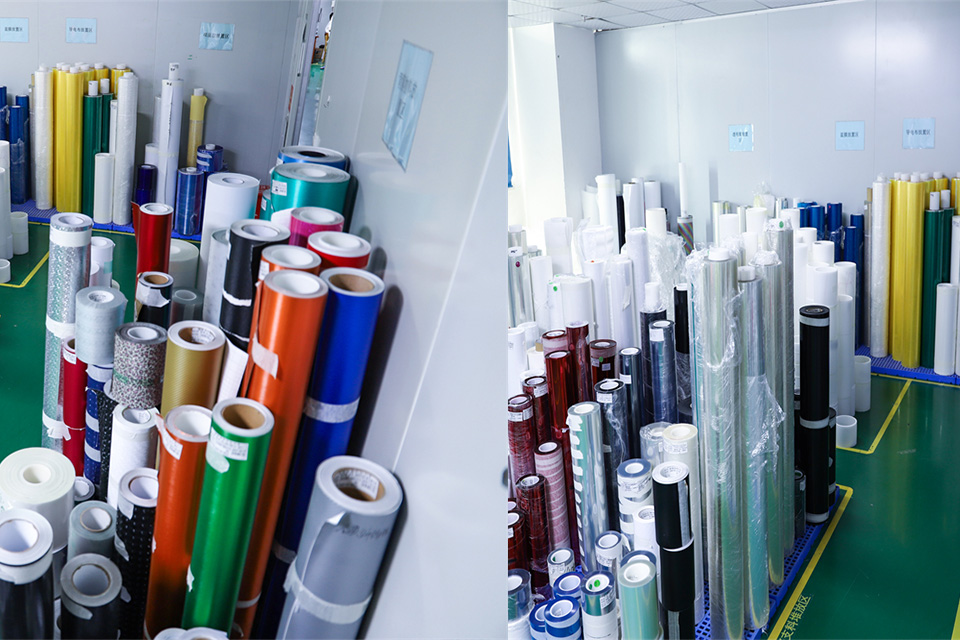
Cómo quitar el protector de pantalla del iPhone: Una guía completa
¿Tienes un protector de pantalla rayado o con burbujas en tu iPhone? Tal vez ha llegado el momento de actualizarlo, pero no sabes cómo quitar el antiguo de forma segura. No te preocupes. Esta guía te guiará por el proceso de retirada del protector de pantalla de tu iPhone, ya sea de cristal templado o de plástico. Cubriremos todos los aspectos, desde la preparación hasta los cuidados posteriores, para garantizar que la pantalla de tu dispositivo se mantenga impecable durante todo el proceso.
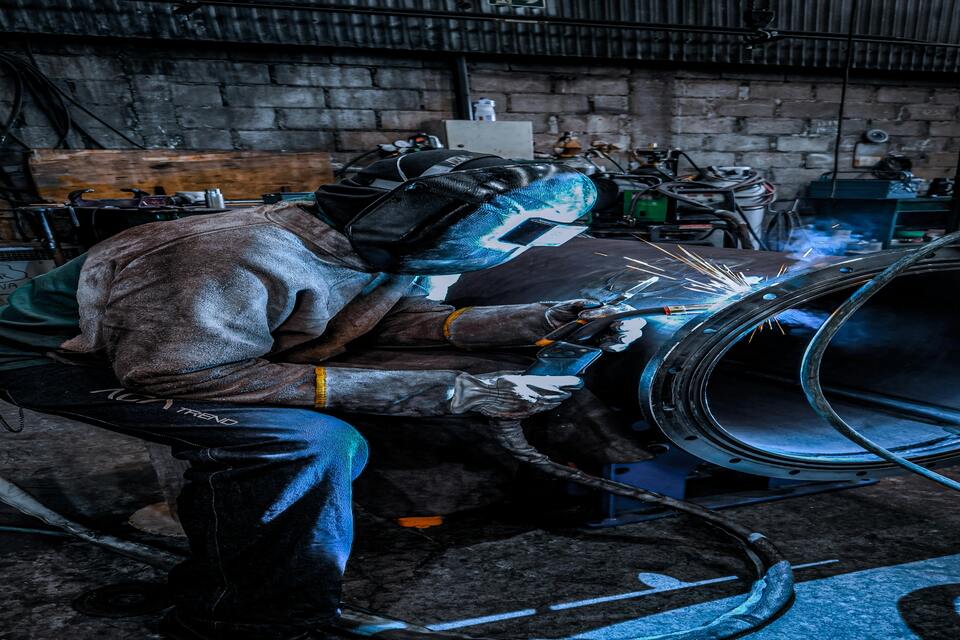
How to Take Off Screen Protector?
By following these steps and tips, you can safely remove and replace your screen protector, ensuring your device remains protected and in top condition.

El proceso de fabricación: el interior de una fábrica de protectores de pantalla
El proceso de fabricación de los protectores de pantalla combina la ciencia de los materiales, la innovación tecnológica y la responsabilidad medioambiental. A medida que avanza la tecnología, el sector se enfrenta constantemente a retos relacionados con el desarrollo sostenible al tiempo que ofrece protección a los dispositivos.

Wholesale Self Screen Protector Flexible
Offer your customers the best in flexible protection. Our Wholesale Self Healing Screen Protectors are easy to install and provide a seamless fit.

¿Valen la pena los protectores de pantalla de papel?
Si eres usuario de iPad y buscas aumentar tu creatividad o productividad, ¡definitivamente vale la pena considerar un protector de pantalla tipo papel!
Encuentre Todos los conocimientos y tendencias de nuestro blog, obtenga el precio al por mayor y la mejor calidad de nuestra fábrica.
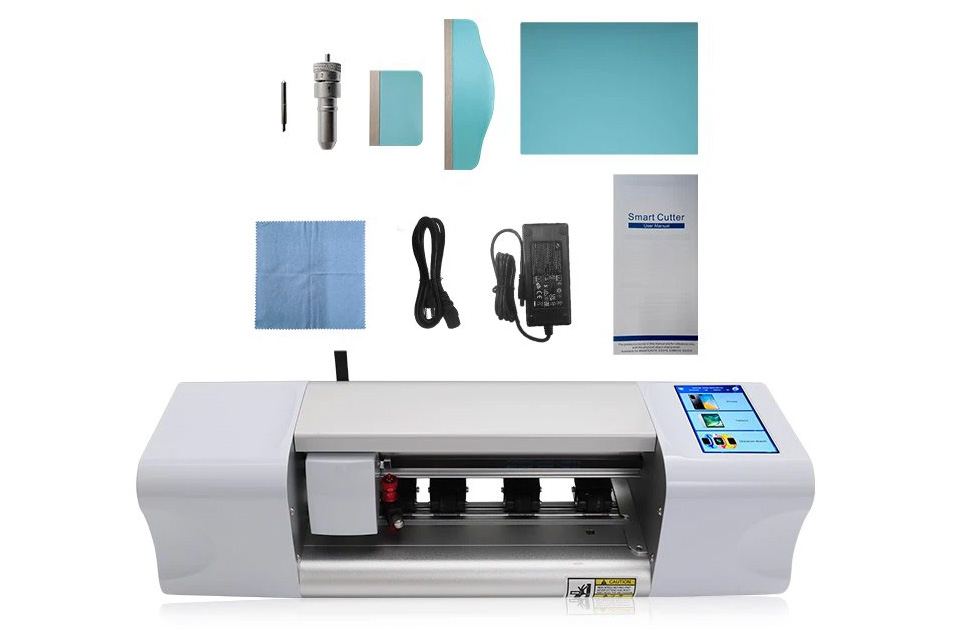
Qué máquina de corte de película y su aplicación
Las cortadoras de película han desempeñado un papel crucial en la evolución del cine y de diversos procesos industriales al permitir el corte y empalme precisos de materiales de película.
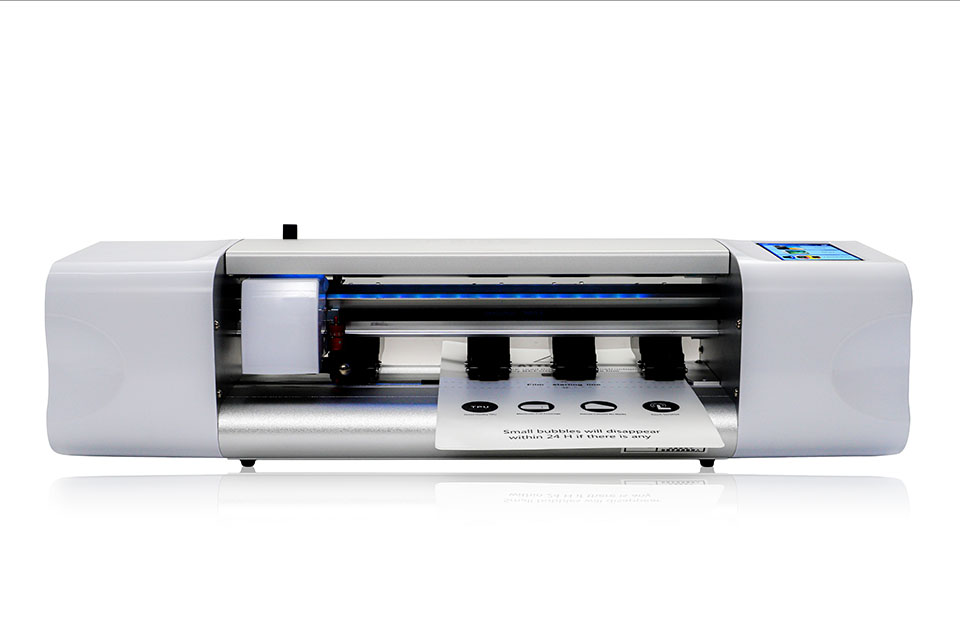
¿Qué es una máquina cortadora de protectores de pantalla?
Una cortadora de protectores de pantalla es un dispositivo especializado diseñado para producir protectores de pantalla a medida para diversos dispositivos electrónicos, como smartphones, tabletas, smartwatches, portátiles y monitores.
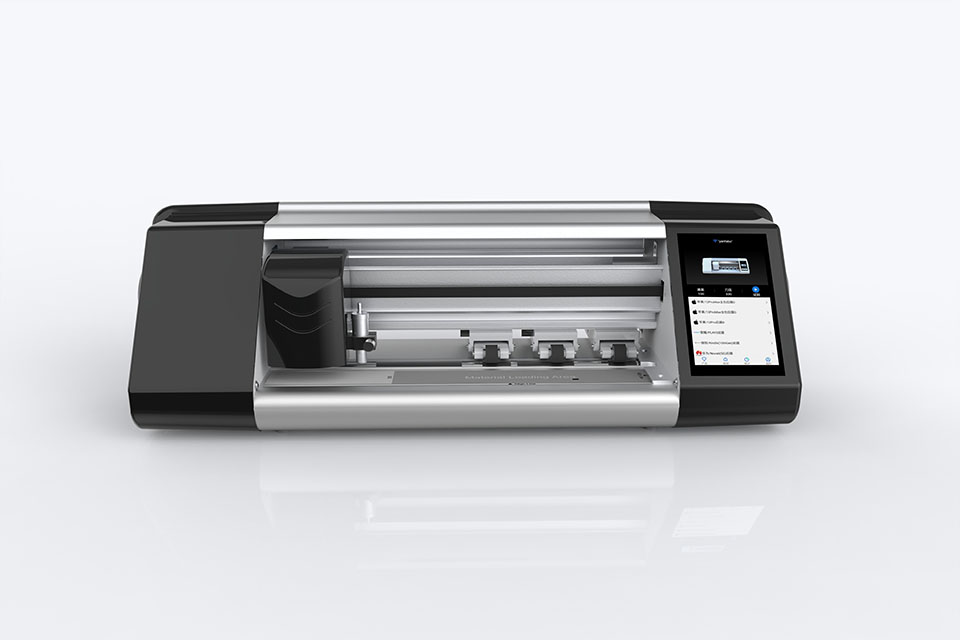
Cómo funciona la máquina de corte de protector de pantalla de teléfono móvil?
Una máquina cortadora de protectores de pantalla para teléfonos móviles es un sofisticado dispositivo diseñado
fabricar protectores de pantalla personalizados para diversos dispositivos digitales con alta preci
y eficiencia.
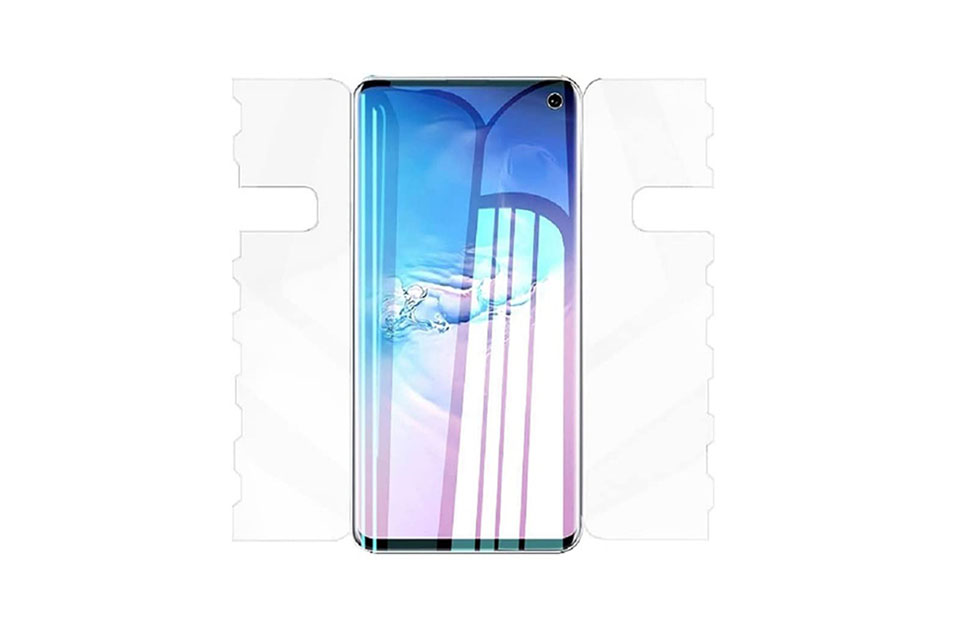
Características del cristal templado para teléfonos móviles y del protector de pantalla de TPU para teléfonos móviles
Los protectores de pantalla de poliuretano termoplástico (TPU) son flexibles, duraderos y
películas plásticas autorreparadoras diseñadas para proteger las pantallas de los dispositivos electrónicos de
arañazos, golpes y otros posibles daños.
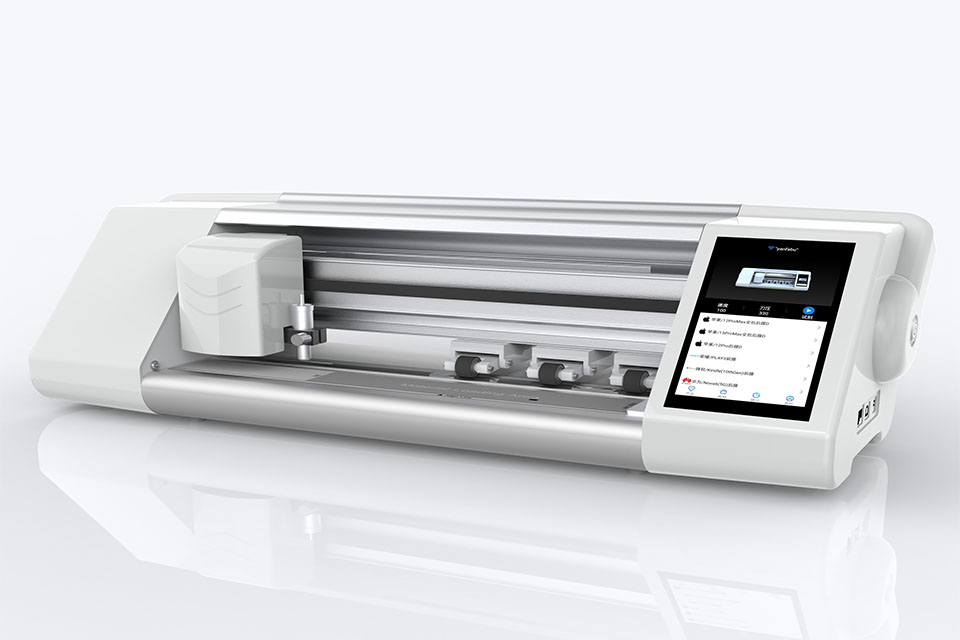
Revolucione la protección de sus dispositivos con la cortadora de protectores de pantalla
Tanto si tienes un smartphone, una tableta o un smartwatch, esta versátil máquina se adapta a una amplia gama de dispositivos. Se adapta perfectamente a las dimensiones de tu gadget, ofreciendo un ajuste personalizado que los protectores genéricos no pueden igualar.
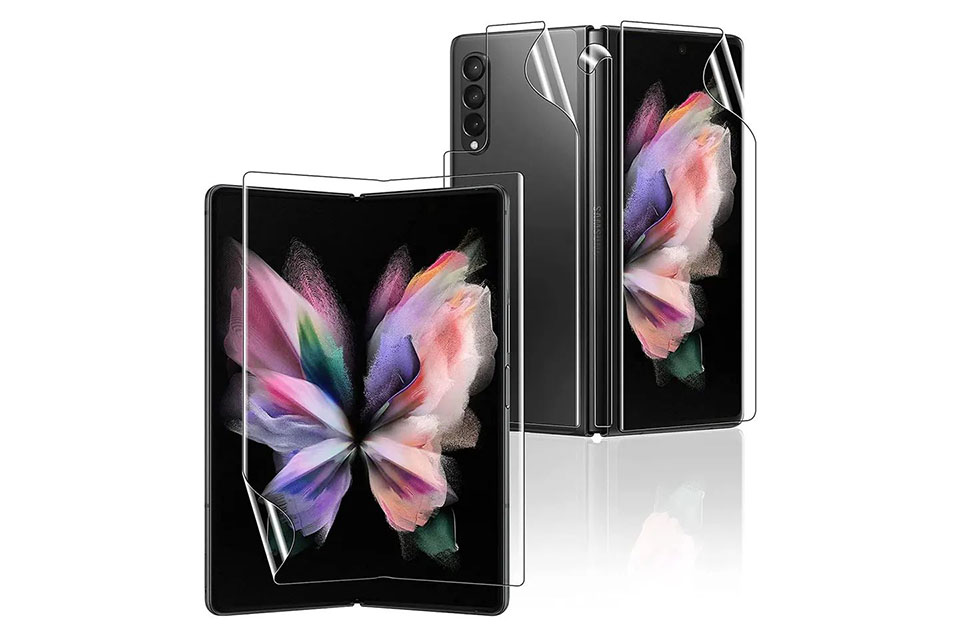
Protector de pantalla Garantía de por vida
La garantía de por vida de un protector de pantalla es una garantía proporcionada por los fabricantes que
se compromete a reparar o sustituir un protector de pantalla durante toda la vida útil del producto, en condiciones específicas.

